
The HGV driver crisis is not over and will likely cause further disruption as Easter approaches, according to industry experts.
On Tuesday, logistics and supply chain representatives spoke at a meeting of the Food and Drink Supply Chain All-Party Parliamentary Group (APPG). They argued that generational changes were needed in the industry to prevent future disruption.
The sector has faced serious challenges since the pandemic began, as drivers have left the workforce in large numbers.
“Despite other events rightly dominating the news, our HGV driver crisis is far from over and could cause serious problems domestically, particularly in the run-up to Easter,” said APPG chair Matt Vickers.
In November, the Road Haulage Association estimated that the industry was short of 80,000 drivers. These shortages are particularly noticeable in periods of increased consumer demand.
According to David Pickering, CEO of Eddie Stobart, the situation could have been much worse at Christmas had the impact of the Omicron variant in reducing demand not relieved pressure on the haulage industry.
The government have attempted to address concerns over driver shortages by speeding up driver testing, creating a visa scheme to attract foreign workers and creating HGV driver boot camps.
However, representatives told MPs that, while some measures had been helpful in reducing shortages, the government’s visa scheme was completely ineffective at attracting new workers and that future disruption was therefore likely.
Referring to the visa scheme, Cold Chain Federation CEO Shane Brennan said: “Government didn’t talk to industry. There was no real sense that it was anything other than a press release as a policy.
“We need to start thinking about our post-Brexit labour market in a new way to establish generational change in our workforces. The vast majority of our drivers are going to retire in five to 10 years. We can be in control of our immigration system without having a closed door.”
The APPG will take evidence from across the food and drink supply chain before it produces a series of recommendations to government in late March.



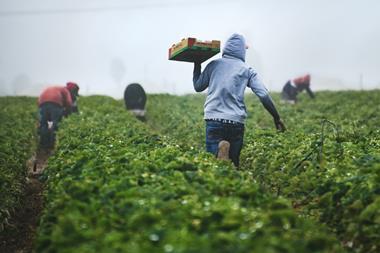


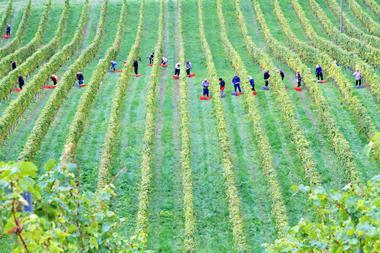
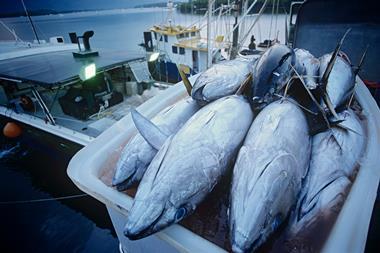


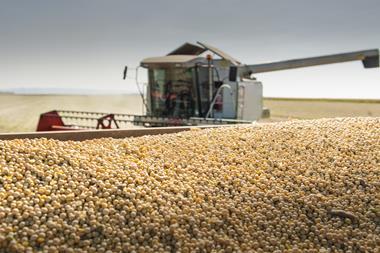



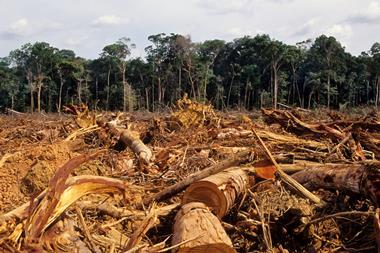
No comments yet